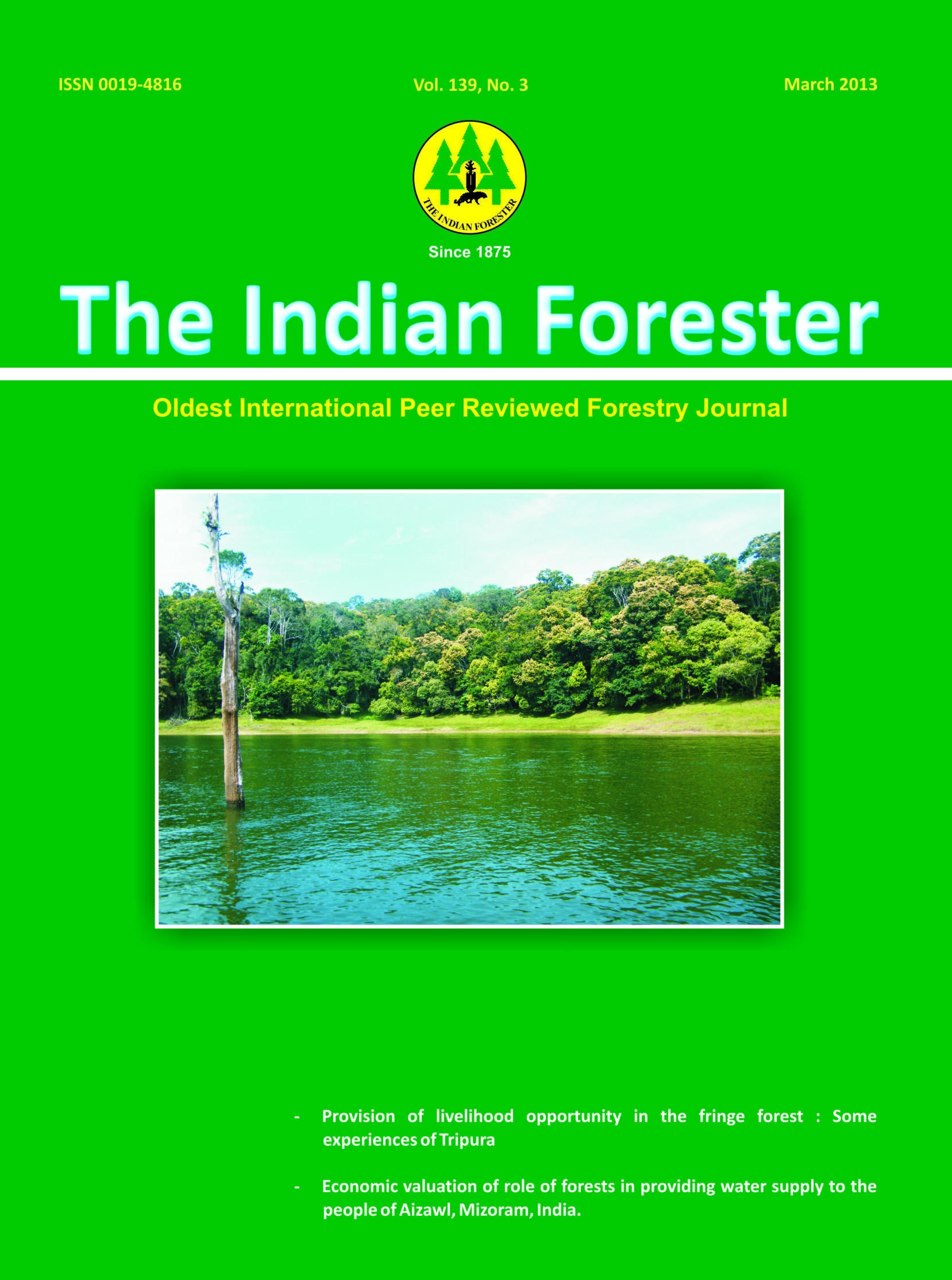Toxicity of some Commonly Used Insecticides against Spilarctia Obliqua (walker)
DOI:
https://doi.org/10.36808/if/2013/v139i3/31174Keywords:
Toxicity, Chlorpyrifos, Deltamethrin, Triazophos, Spinosad, Fipronil, Spilarctia obliquaAbstract
Deltamethrin was found to be most toxic against the larvae of Spilarctia obliqua followed by triazophos, spinosad, chlorpyrifos and fipronil in leaf dip. LC50 of deltamethrin at 12, 24 and 48 hours after treatment (HAT) was 0.008, 0.0001 and 0.00002 per cent respectively through larval dip method. With leaf dip method the LC50 was 0.007, 0.0002 and 0.00002 at 12, 24 and 48 HAT respectively. Being the novel mode of action and safety point of view spinosad was the most promising insecticide which gave the satisfactory control with safety measures, application and environment.Downloads
Download data is not yet available.
Downloads
Published
2013-03-01
How to Cite
Kumar, A., Bhatnagar, S., & Sharma, R. K. (2013). Toxicity of some Commonly Used Insecticides against <I>Spilarctia Obliqua </I>(walker). Indian Forester, 139(3), 260–263. https://doi.org/10.36808/if/2013/v139i3/31174
Issue
Section
Articles
License
Unless otherwise stated, copyright or similar rights in all materials presented on the site, including graphical images, are owned by Indian Forester.





